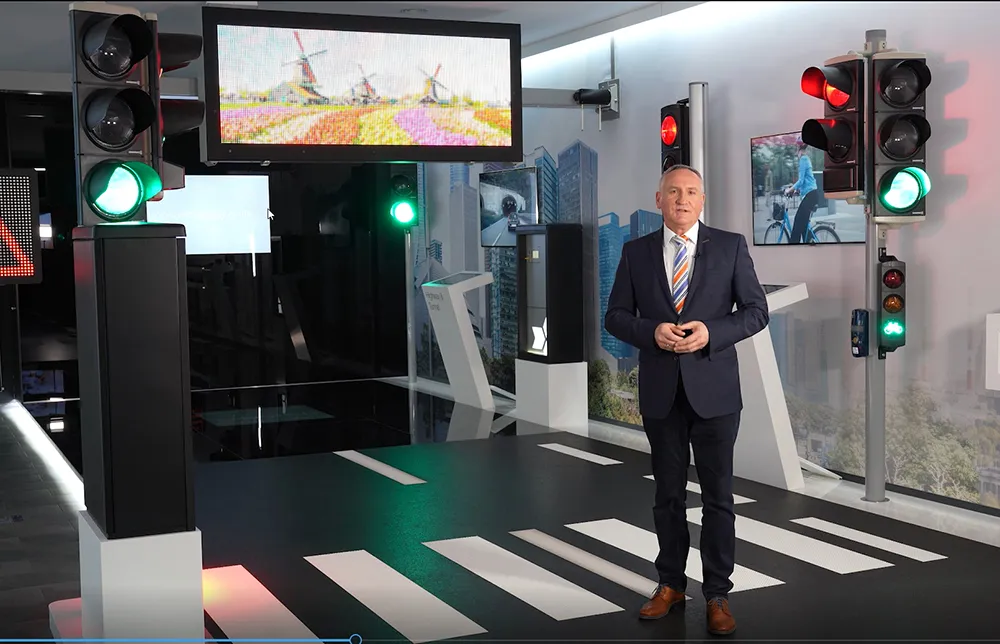Austrian traffic technology corporation Swarco has acquired Munich-based transport research and consultancy firm Transver, in an agreement that will see them aggregate their comprehensive knowledge of international transportation systems (ITS) and push their cooperation with universities and research institutions in the field of intelligent traffic management.
Swarco sees the acquisition as an important step in mastering the mobility challenges of the future. Both companies have extensive experience in t
October 7, 2014
Read time: 2 mins
Austrian traffic technology corporation 129 Swarco has acquired Munich-based transport research and consultancy firm Transver, in an agreement that will see them aggregate their comprehensive knowledge of international transportation systems (ITS) and push their cooperation with universities and research institutions in the field of intelligent traffic management.
Swarco sees the acquisition as an important step in mastering the mobility challenges of the future. Both companies have extensive experience in the development and implementation of ITS, in particular in international projects, where their partnership is expected to lead to sustainable, state-of-the-art solutions for smart cities.
Says Swarco owner Manfred Swarovski: “Transver is well known for its outstanding software developments for traffic management, with numerous references throughout Germany. Jointly with this company, we are going to extend our competence in intermodal traffic management and vehicle-to-infrastructure communication.”
Transver managing director Professor Bernhard Friedrich looks forward to the strong partnership with Swarco: “We see ourselves as a transport research and systems advisory unit, focusing on the innovation and research, traffic planning, ITS systems and traffic technology related software. Working with Swarco, I see a big potential in converting scientific research and the practical approach of a technology provider into marketable solutions.”
Swarco sees the acquisition as an important step in mastering the mobility challenges of the future. Both companies have extensive experience in the development and implementation of ITS, in particular in international projects, where their partnership is expected to lead to sustainable, state-of-the-art solutions for smart cities.
Says Swarco owner Manfred Swarovski: “Transver is well known for its outstanding software developments for traffic management, with numerous references throughout Germany. Jointly with this company, we are going to extend our competence in intermodal traffic management and vehicle-to-infrastructure communication.”
Transver managing director Professor Bernhard Friedrich looks forward to the strong partnership with Swarco: “We see ourselves as a transport research and systems advisory unit, focusing on the innovation and research, traffic planning, ITS systems and traffic technology related software. Working with Swarco, I see a big potential in converting scientific research and the practical approach of a technology provider into marketable solutions.”









